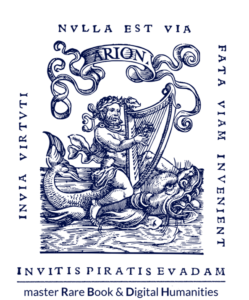In northern Italy, is a small region settled in the Dolomites, Trentino. The province has beautiful valleys, mountains, streams, and lakes, attracting tourists year-round. The Germanic and Austrian influence in multiple cities and small towns are showcased in the architecture, culture, and individual languages within the province. This is seen most prominently among the three minorities inhabiting Trentino, the Ladin, Cimbri, and Mocheni people.
The Mocheni and Cimbri minorities are descended from Bavarian workers, the Ladin people are descended from the Romans and Rhaetian people. While the languages of the Mocheni and Cimbri have strong Germanic influences that are still noticeable today, the Ladin language shares a baton root with Spanish, Italian, French, and Romanian. Since the 1970s, these minorities have been able to keep their cultures and languages alive through schooling and institutes such as, the Ladin Cultural Institute, the Mocheno Cultural Institute and the Cimbro Cultural Institute. The Italian national government and moreover, the provincial and regional governments have implemented laws protecting the minorities and their respective languages. The communities come together to ensure the continued autonomy of the people and spread of their cultures. As of 2008, laws were implemented to safeguard the minorities cultural heritage, this is done through institutes, museums, and schools. The local media has also played a role in keeping the various communities and their languages relevant in the community. The more known publications are local newspapers L’Adige and il Trentino, and LEM, a journal published by the Mocheno Institute.
This project aims to explore the shift in the perception of these minorities in the press from the Austro-Hungarian period to the present. Aside from various publications from the minorities, collected and digitized documents from the Austrian National Library will be used. With multiple collections and a special focus on Austrian History, the digital archive has a myriad of articles focusing on the three communities going back to the 19th century.
In the first stage, articles from L’Adige and il Trentino, concerning the Cimbri minority, were analyzed with a language software called Voyant Tools. This allowed us to single out the most used words in the articles digitally available in the three years examined, 2007, 2012, and 2017. The articles displayed a shift toward more community related news as the efforts to preserve the culture and language increased.
Following this analysis, articles from LEM, 2009-2018, concerning the Mocheni people were analyzed with the same language software. Unlike the Cimbri people that showed a shift in topics, the articles on the Mocheni people have remained focused on the community and its preservation.
Moving forward, I plan to continue analyzing articles from the National Library of Austria and other publications concerning the Cimbri and Mocheni people, as well as begin analyzing those concerning the Ladin people.

